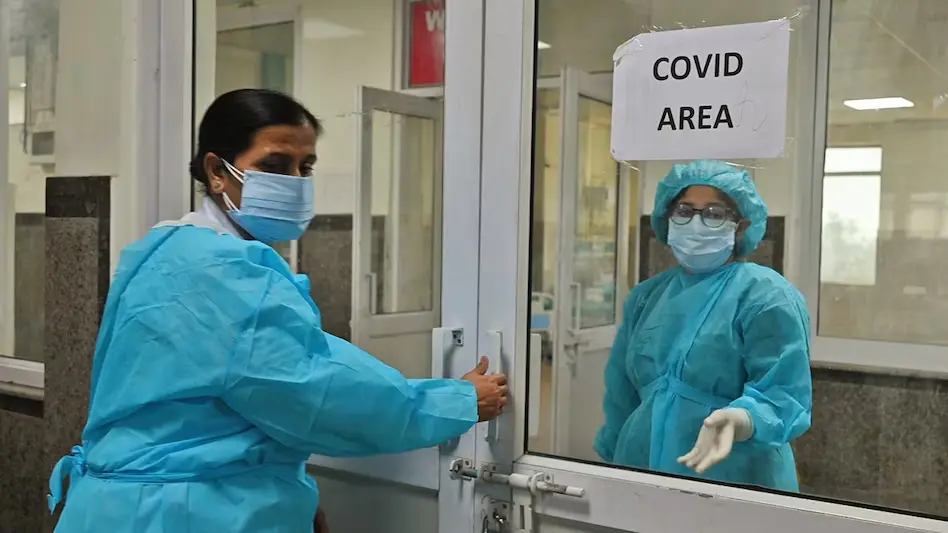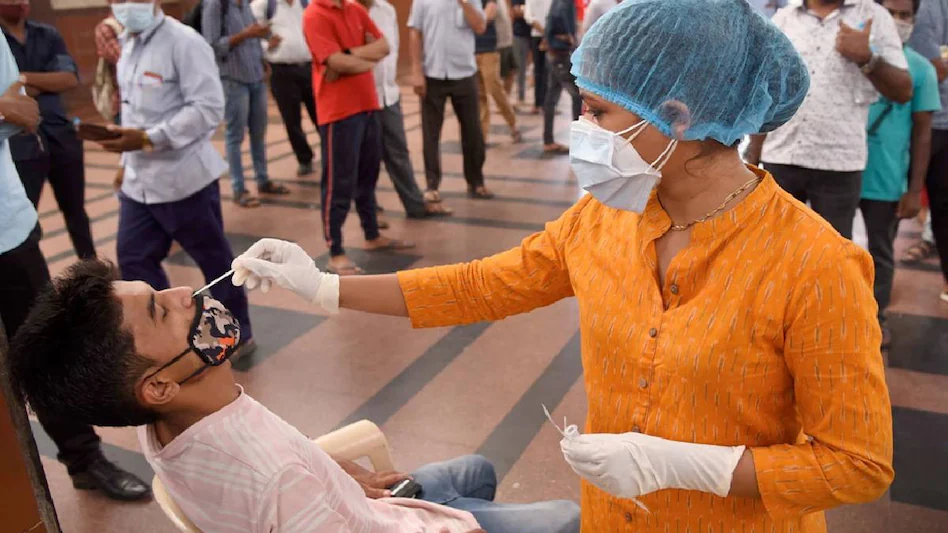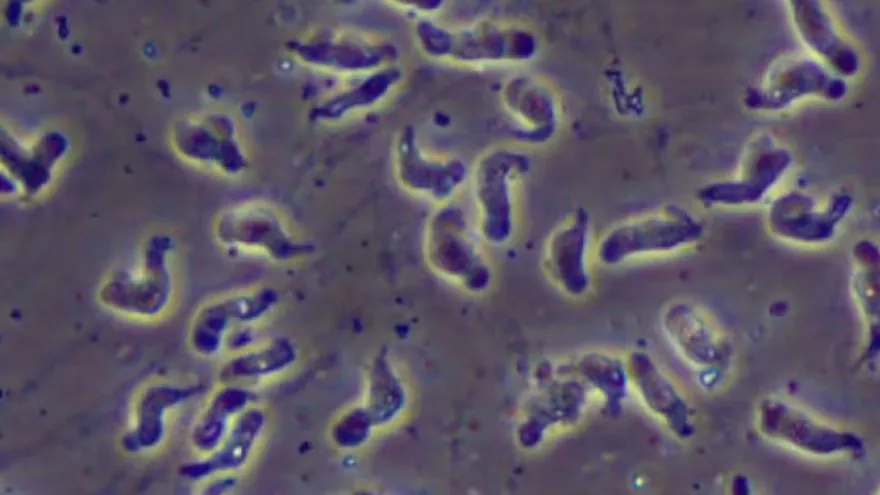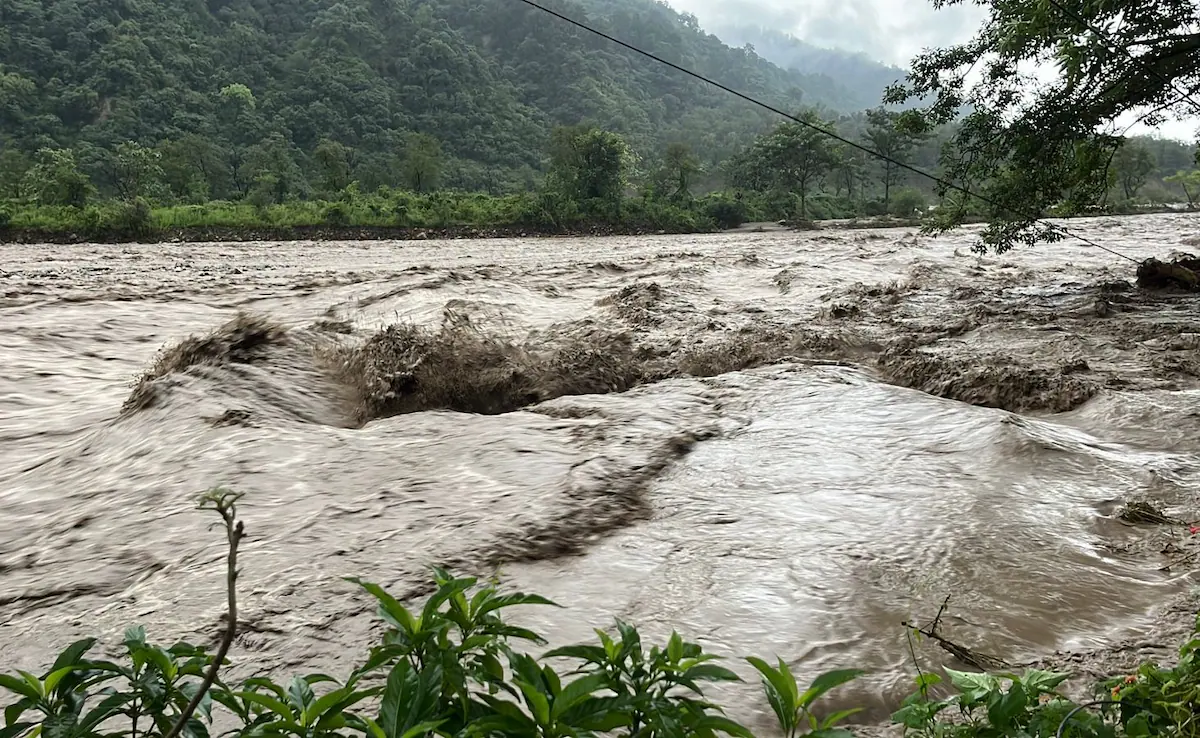Deadly Legionnaires’ Disease Outbreak in Harlem, NYC – 2 Dead, 58 Infected
A concerning public health emergency has emerged in New York City as officials confirm a Legionnaires’ disease outbreak in Central Harlem, resulting in 58 confirmed infections and two fatalities as of August 4, 2025.
This outbreak, linked to contaminated cooling towers, is the most serious cluster reported in NYC this year. The New York City Department of Health and Mental Hygiene (DOHMH) is actively managing the situation while urging residents in affected areas to stay informed and vigilant.
Where Is the Outbreak Happening?
The cases have been clustered in the Central Harlem neighborhood, specifically across five ZIP codes:
10027, 10030, 10035, 10037, and 10039.
While isolated Legionnaires’ cases are not uncommon in NYC, such a concentrated outbreak in this area is rare and demands rapid public health action.
What Is Legionnaires’ Disease?
Legionnaires’ disease is a serious form of pneumonia caused by Legionella bacteria, typically found in water systems like:
-
Cooling towers
-
Hot tubs
-
Large plumbing systems
-
Decorative fountains
It is not spread person-to-person, but rather through inhalation of aerosolized water droplets that contain the bacteria.
How Did This Outbreak Start?
After several patients were hospitalized with pneumonia-like symptoms, the DOHMH began testing local cooling towers, which often act as breeding grounds for Legionella. Lab analysis confirmed that 11 towers tested positive for Legionella pneumophila, the bacteria responsible for this disease.
As of August 3, all contaminated towers have been remediated or disinfected as per health department mandates, which require action within 24 hours of detection.
Who Is at Risk?
While anyone can get Legionnaires’ disease, certain populations are at higher risk, including:
-
Adults over 50 years of age
-
Smokers or former smokers
-
People with chronic lung disease
-
Immunocompromised individuals
-
Those with underlying conditions like diabetes, kidney failure, or cancer
What Are the Symptoms?
Symptoms typically appear 2 to 14 days after exposure, and may include:
-
High fever
-
Cough
-
Shortness of breath
-
Chills
-
Muscle aches
-
Headaches
-
Diarrhea or nausea in some cases
-
Confusion (especially in older adults)
In severe cases, hospitalization is required, and without timely treatment, it can be fatal.
Can It Be Treated?
Yes. Legionnaires’ disease is treatable with antibiotics, especially if diagnosed early. Most healthy individuals recover fully, but prompt medical care is crucial.
If you experience any of the above symptoms and live or work in the affected Harlem ZIP codes, seek medical attention immediately.
What Is the Government Doing?
The NYC Health Department has:
-
Conducted extensive testing across water systems in the affected area.
-
Ordered remediation of all 11 contaminated cooling towers.
-
Provided regular updates to residents and medical providers.
-
Increased disease surveillance to track additional cases.
Officials have also stressed that NYC’s drinking water is safe, and there is no risk from home or apartment water systems.
Why This Matters: A Growing Urban Health Concern
While outbreaks of Legionnaires’ disease in NYC are not new (ranging from 200–700 cases annually), this cluster is one of the most aggressive in recent years.
Experts are urging building owners to remain compliant with local laws regarding cooling tower maintenance, which include:
-
Regular water treatment
-
Routine inspections
-
Annual certification
Neglecting these regulations could result in fines—and far worse—public health disasters like the current Harlem outbreak.
Safety Tips for Residents
Though the risk remains relatively low for the general public, here’s how you can protect yourself:
-
Stay informed through official NYC Health Department alerts.
-
If you're high-risk, avoid areas with mist or steam, especially near large commercial buildings.
-
Monitor for early symptoms and don’t delay seeking treatment.
-
Encourage building managers to follow cooling tower maintenance protocols.
Important Contacts
-
NYC Health Department: nyc.gov/health
-
Health Hotline: 311
-
CDC Legionnaires' Info: cdc.gov/legionella
Conclusion
This outbreak is a stark reminder of how urban infrastructure and public health intersect. While the rapid response from NYC health authorities is commendable, it's essential for both building owners and residents to remain aware and proactive.
Let’s hope this outbreak is contained swiftly and serves as a wake-up call to prioritize public health safety, infrastructure hygiene, and early detection of waterborne diseases.





.webp)



